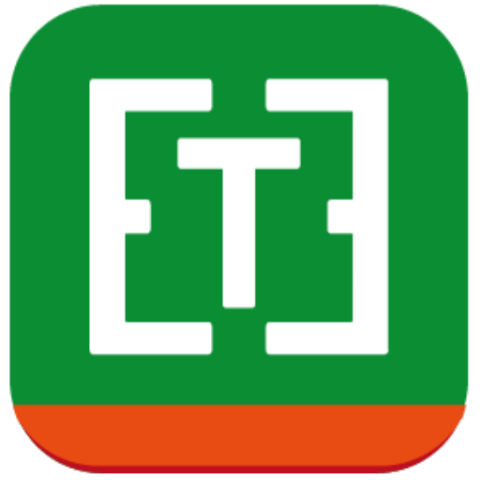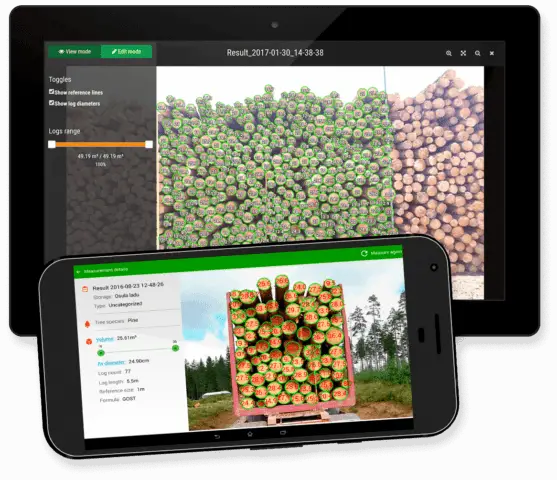
The forests of Costa Rica will carry a digitized control in real-time, using artificial intelligence, geotagging and cloud computing. All through an ambitious mobile application: Timbeter. This will be possible through an alliance between the Costa Rican government and the Estonian-originated start-up, specialized in the technology for measuring and monitoring the forest resource.
This solution will help companies to manage their daily operations more efficiently, be more precise in logistics planning, and carry out reports. The first phase of the project began in June of this year and will last for 18 months, during which industry participants will receive training in the use of the tool.
What are the special aspects of this App?
The mobile application works by taking pictures of the log pile. Using this digital input, it counts, measures the diameters and the density of the cargo, all in a couple of minutes. For this, you only need a tablet or a mobile phone, with an 8 megapixel or more resolution camera.
One of the most powerful features is the required geolocation tag, an ally for real-time monitoring, as well as the ability to upload data to the iCloud. It is intended that the comparative information between the logs transported in the trucks matches those reported from the felling sites.
Step forward

Today, wood measurement is made with mere visual observation and considerable allowance for human error. Timbeter was created since there were no tools available that could be used for the objective, transparent, fast, and accurate measurement. Its goal from the start was to create something easy to use and affordable for everyone from private forest owners to manufacturing companies. Photographs can be taken to the pile of logs on the ground, inside the truck, or in a container.
What if the product does not fit on the screen?
No problem, since it allows you to join up to 25 images. It has measurements where there are more than 13,000 logs detected. In the diameter measurement, more than 2,000 points are detected for each log, which achieves an error rate of between 0.5% and 1.5%, certified by the Estonian Metrology Agency. More than 300,000 images have trained the algorithm of this virtual tool.
In the specific case of Costa Rica
Due to the Costa Rican forest characteristics, the main species that will come under Timbeter’s surveillance will be teak, Melina, and eucalyptus. Teak wood in particular is highly valued by global sawyers and suffers from high levels of illegal logging.
Likewise, it will have a special functionality for the Guanacaste tree, which is called the “measurement of a single high-value log.” This is intended to ensure that the volumes of use are correct.
Integration into the system
The information obtained will serve as input for the Forest Resources Information System (SIREFOR), details Rafael Monge, director of the National Center for Geoenvironmental Information of the Ministry of Environment and Energy of Costa Rica (MINAE).
SIREFOR data shows that the volume of wood authorized for its use has been declining in recent years. In 2014 and 2015, authorizations exceeded 500,000 cubic meters, while last year it was below 400,000 cubic meters.
Illegal logging in protected areas remains one of the scourges for environmental conservation
The Ministry of Environment and Energy warned in May, at the beginning of the Coronavirus Pandemic, that the interruption of tourism would bring more economic needs for the communities that live in the forest protected areas.
“The project comes at an ideal time since Costa Rica is planning the reactivation of the economy once the COVID-19 emergency ends, and intends to do so through the promotion of goods and services based on nature,” says Pamela Castillo, Deputy Minister of Natural Resources.
In 2019, Costa Rica exported the US $ 27.8 million of raw wood to the world, a decrease of 1.3% compared to 2018. India is the main buyer of this product, followed by China and Vietnam. As for imports, they are around the US $ 2 million, mainly from the United States, according to statistics from the International Trade Center.


